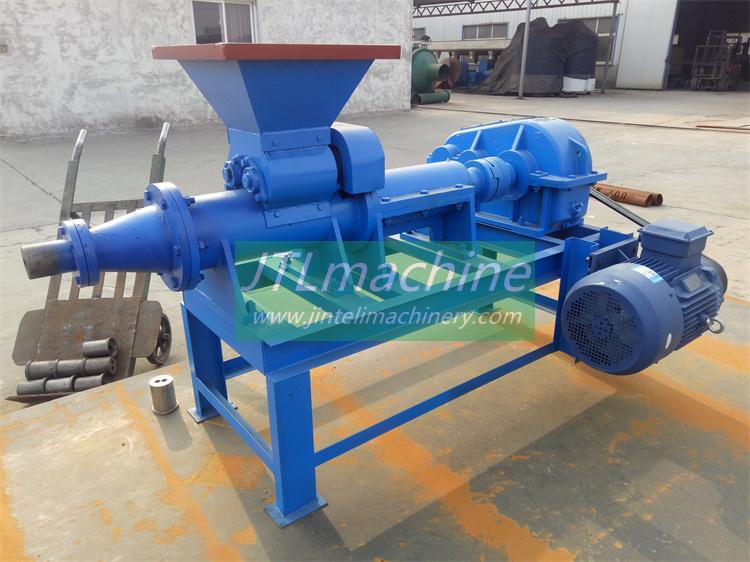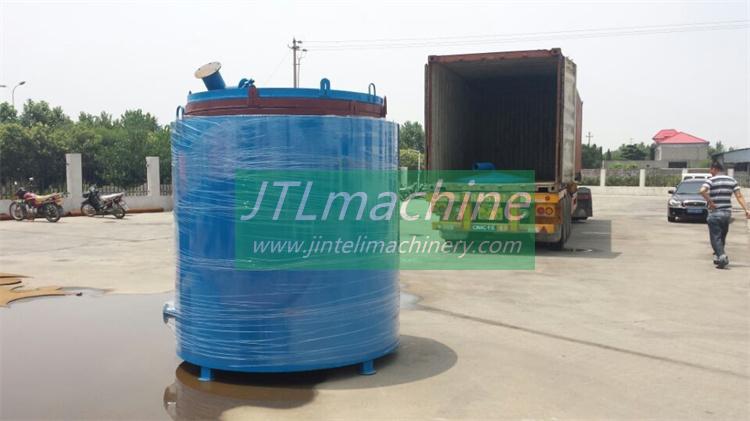Table of Contents
فوائد استخدام فرن الكربنة لإنتاج الفحم
دليل خطوة بخطوة حول كيفية تشغيل فرن صنع الفحم

لقد تم استخدام الفحم لعدة قرون كمصدر للوقود للطهي والتدفئة، وحتى كمكون في العمليات الصناعية المختلفة. إحدى الخطوات الرئيسية في إنتاج الفحم هي عملية الكربنة، والتي تتضمن تسخين الخشب أو المواد العضوية الأخرى في بيئة خاضعة للرقابة لإزالة المركبات المتطايرة وترك الكربون النقي وراءها. يتم تنفيذ هذه العملية عادةً في قطعة متخصصة من المعدات تُعرف باسم فرن الكربنة، ويشار إليه أيضًا باسم فرن صنع الفحم.
يتطلب تشغيل فرن الكربنة فهمًا جيدًا لمبادئ الاحتراق ونقل الحرارة، بالإضافة إلى معرفة الخصائص المحددة للمواد الخام المستخدمة. في هذه المقالة، سنقدم دليلًا خطوة بخطوة حول كيفية تشغيل فرن صنع الفحم بفعالية وكفاءة.
بمجرد إعداد الفرن وجاهزيته للعمل، فإن الخطوة التالية هي تحميل المواد الخام في الفرن. ويمكن القيام بذلك يدويًا أو بمساعدة محمل ميكانيكي، اعتمادًا على حجم الفرن وتصميمه. من المهم التأكد من توزيع المواد الخام بالتساوي في جميع أنحاء الفرن لضمان الكربنة الموحدة.
بعد تحميل المواد الخام إلى الفرن، فإن الخطوة التالية هي بدء عملية الكربنة. يتضمن هذا عادةً تسخين الفرن إلى درجة حرارة معينة والحفاظ على درجة الحرارة هذه لفترة زمنية محددة. ستختلف درجة الحرارة الدقيقة ومدة عملية الكربنة اعتمادًا على نوع المواد الخام المستخدمة والخصائص المطلوبة للمنتج النهائي.
أثناء عملية الكربنة، من المهم مراقبة درجة حرارة الفرن عن كثب وعمل أي التعديلات اللازمة لضمان سير العملية بسلاسة. من المهم أيضًا مراقبة إنتاج المركبات المتطايرة وغيرها من المنتجات الثانوية للاحتراق، حيث يمكن أن يكون لها تأثير كبير على جودة المنتج النهائي.
بمجرد اكتمال عملية الكربنة، فإن الخطوة التالية هي تبريد الفرن و أخرج الفحم من الفرن. ويمكن القيام بذلك يدويًا أو بمساعدة جهاز ميكانيكي، اعتمادًا على حجم الفرن وتصميمه. من المهم التعامل مع الفحم بعناية لتجنب الكسر أو التلوث، لأن ذلك يمكن أن يؤثر على جودة المنتج النهائي.
في الختام، يتطلب تشغيل فرن صنع الفحم فهمًا جيدًا لمبادئ الاحتراق ونقل الحرارة أيضًا. كمعرفة الخصائص المحددة للمواد الخام المستخدمة. باتباع الخطوات الموضحة في هذه المقالة، يمكنك تشغيل فرن صنع الفحم بفعالية وكفاءة وإنتاج فحم عالي الجودة لمجموعة متنوعة من التطبيقات.
Step-by-Step Guide on How to Operate a charcoal making furnace
Charcoal has been used for centuries as a source of fuel for cooking, heating, and even as a component in various industrial processes. One of the key steps in producing charcoal is the carbonization process, which involves heating wood or other organic materials in a controlled environment to remove volatile compounds and leave behind pure carbon. This process is typically carried out in a specialized piece of equipment known as a carbonization furnace, also commonly referred to as a charcoal making furnace.
Operating a carbonization furnace requires a good understanding of the principles of combustion and heat transfer, as well as knowledge of the specific characteristics of the raw materials being used. In this article, we will provide a step-by-step guide on how to operate a charcoal making furnace effectively and efficiently.

The first step in operating a charcoal making furnace is to ensure that the furnace is properly set up and ready for use. This includes checking that all components are in good working order, that the furnace is clean and free of any debris, and that all safety precautions are in place. It is also important to have a good supply of raw materials on hand, as well as any other materials or tools that may be needed during the carbonization process.
Once the furnace is set up and ready to go, the next step is to load the raw materials into the furnace. This can be done manually or with the help of a mechanical loader, depending on the size and design of the furnace. It is important to ensure that the raw materials are evenly distributed throughout the furnace to ensure uniform carbonization.
After the raw materials have been loaded into the furnace, the next step is to start the carbonization process. This typically involves heating the furnace to a specific temperature and maintaining that temperature for a set period of time. The exact temperature and duration of the carbonization process will vary depending on the type of raw materials being used and the desired characteristics of the final product.
During the carbonization process, it is important to monitor the temperature of the furnace closely and make any necessary adjustments to ensure that the process is proceeding smoothly. It is also important to monitor the production of volatile compounds and other byproducts of combustion, as these can have a significant impact on the quality of the final product.
Once the carbonization process is complete, the next step is to cool the furnace and remove the charcoal from the furnace. This can be done manually or with the help of a mechanical device, depending on the size and design of the furnace. It is important to handle the charcoal carefully to avoid breakage or contamination, as this can affect the quality of the final product.
In conclusion, operating a charcoal making furnace requires a good understanding of the principles of combustion and heat transfer, as well as knowledge of the specific characteristics of the raw materials being used. By following the steps outlined in this article, you can effectively and efficiently operate a charcoal making furnace and produce high-quality charcoal for a variety of applications.






